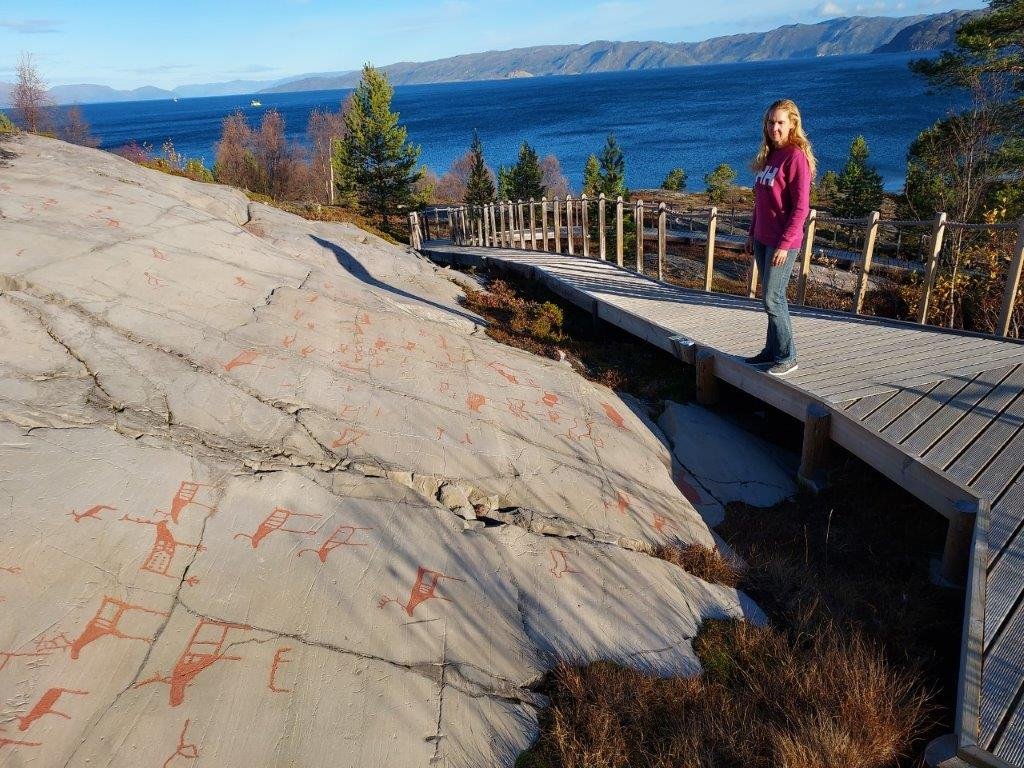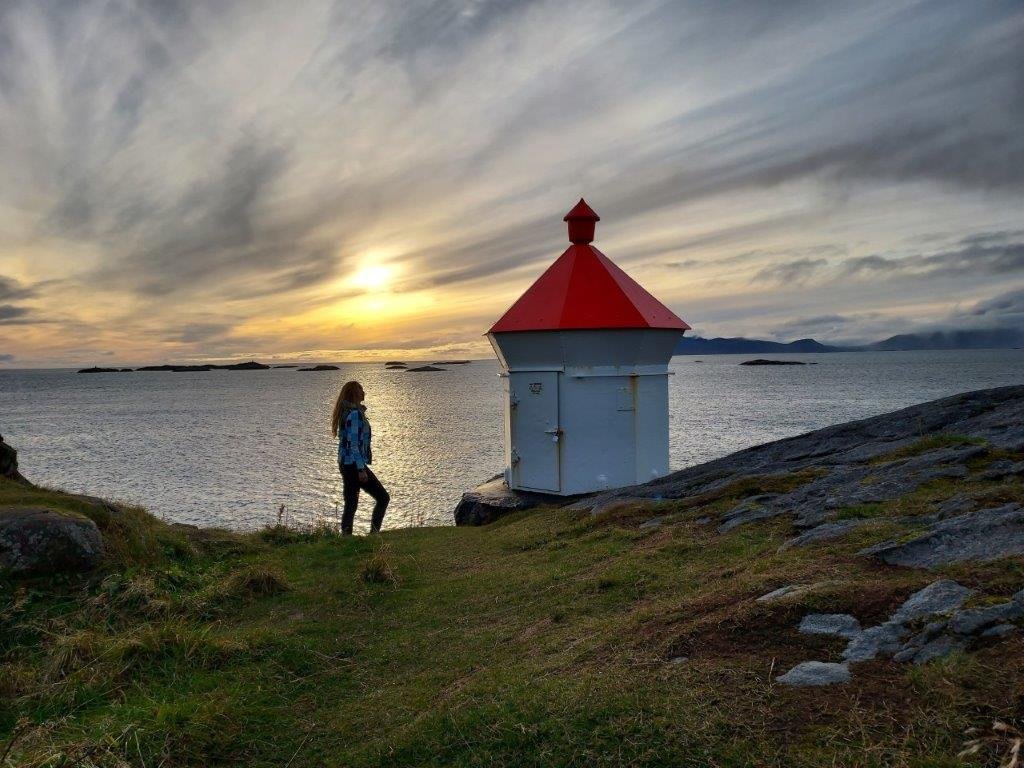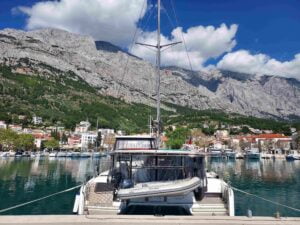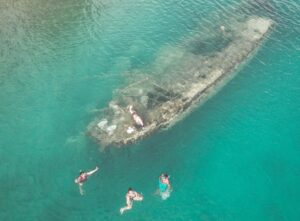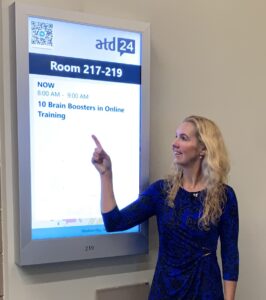After we arrived at the most northern point in Norway, the Northcape (read about our trip with Hurtigruten in blog 21), we rented a car and drove from the North east city of Kirkenes to Lofoten islands on the west coast of Norway.
Why did we wanted to go to Lofoten? It’s one of the oldest areas of Norway, with rough mountains not smoothened by glaciers, with many authentic fishervillages on little islands connected by small bridges.
We want to share 5 highlights of our stay at the Lofoten islands, but first we want to share 3 nice experiences we had in the northern part of Norway, on our roadtrip to Lofoten:
Rock Art carvings
On our way to Lofoten, we passed the city of Alta. We stayed at Alta River Camping which rented out small wooden cottages, much nicer and cheaper than staying in a modern hotel! The cabins were made of timber, had a kitchen, living room, sauna and a bedroom. Wonderful to stay there, cook yourself and enjoy the evening! The next morning we went to an archaeological site at the water, with 1,2 kilometers of smooth rocks in which people living 7000 to 2000 years ago carved figures. You could walk in 3 hours along the rock carvings and admire the scenes carved out in rock (now painted red for better visibility). Rock carvings of people and animals busy during activities such as hunting, trapping and fishing, rituals and communication. It gave us an insight into real-life events such as gathering reindeer between fences, hunting with spears to contain bears, geese and ducks flying around and also fishing in boats for halibut, salmon and whales.
Snowhotel Kirkenes
Kirkenes has a snowhotel and it’s open all year. Hotelstays are meanly made end November till April, when there is actually snow and temperature is -15 and -25 degrees Celsius every day! Now in October the hotel is empty but still open for tourists to see all 15 rooms and have a 3 course meal in the cosy old barn which is turned into a restaurant. In the hotel and hotelrooms the temperature is -4 degrees, which is comfortable when the outside temperature is -25 degrees, but for us it was nice to have a winter jacket and we were given special shoes with spikes to prevent slipping. The rooms were very charming, small and always next to the beds there was an artistic ice statue. Family rooms with ice sculptures of the princesses of Frozen or of Vikings. Another theme was Christmas, with a sleigh made of ice with reindeer skin to prevent you from getting stuck and frozen to the ice 😊.
Northern lights
We have seen the famous northern lights twice. One time cycling along a lake and one time when sailing on the ship. It’s impressive to see the green ‘curtain’ clouds moving in the sky and the changing of the shape, color and texture of the green lights. We were successful in taking a good picture of the Northernlight standing at the lake on the 13th of October. The Northern light or Aurora Borealis is actually a lot of the times present close to the polar areas in the world, but cannot be seen during sunlight and with clouds, so you need ideal circumstances of clearness in the sky and on land to see the Northern lights. In this link Northern light is explained, it makes this phenomenon even more impressive!
Now let’s check out the Lofoten islands: situated on the most Northern part of the westcoast of Norway, Lofoten consists of dozen of islands, small and very small, connected with bridges which makes it charming to travel there. Surrounded by very steep mountains. The mountainranges have never been flattened by the glaciers and have not experienced the ice ages, so the tops are still sharp. like shark teeth. That gives the scenery a dramatic ‘Lord of the Rings’ look.
Five highlights we experienced when travelling through Lofoten:
Viking Museum
In the village of Borg at the Lofoten the longest house of a Viking family was found and completely reconstructed, you could smell the wood and tar! It is 83 meters long and small, also actually called a Longhouse. The 1 long and small space was divided into 4 areas, each closed with a door: bedroom/clothing area, kitchen/diner area, storage area for fish, wheat and nr 4 was the trading area for making woolen clothes, weapons and for selling products. It was impressive to walk through all 4 rooms and see the ancient tools and rituals they used. We were invited in the kitchen area to make our own flatbrød above a campfire. We got a ball of dough, a seating place at the bonfire and a big iron ‘scoop’ to bake our bread on. Nice experience and very nice taste (with strawberry jam and crème fraiche as a topping 😊).
Henningsvær
Very charming place, old fishertown and now famous for a footballfield situated on this small island surrounded by mountainranges. The sunset here is also beautiful to see sitting on the rocks at the waterside. It’s also good to know the history and importance of fishery in Lofoten. Due to the warm Gulfstream, a lot of cod swim from the Barentszsea to the Lofoten islands from January to April to spawn. Fishermen only have to wait till this big group of healthy and fit fish swim by to harvest a lot of them. They hang these cods, or skrei in Norwegian, to dry on wooden sticks the next 3 months. Then they sort out these stockfish in 18 qualities and sell them all over the world (Italy is the biggest customer for dry fish). The remaining parts of cod, like the filet, head, tongue (cods can grow up to 1.80 meter and weight 55 kilos!) are sold as well.
Reine
Reine has many beautiful lookouts, when you stand on the bridge to the island and the village of Reine (428 inhabitants). You have an amazing view over the colorful wooden houses and the mountainrange as a dramatic background scenery.
This is one of the most photographed places in the Lofoten.
Beaches of Unstad and Ramberg
The Barentszsea and also the Norwegian Sea have a light blue colour close to the coastline, we were impressed with their beaches! Especially Unstadstranden and Rambergstranda at Lofoten have beautiful white sandy beaches with turquoise water, you wouldn’t expect that in Northern Norway! It also has to do with the warm Gulfstream of the Atlantic Ocean, which make these beaches even in autumn time a please to walk on and see the color of the water. These 2 beaches are also know by surfers all over the world, the Atlantic waves and mountains makes it a special place to surf!
Svolvær and the Magic Ice Bar
The ‘capital’ village of Lofoten is Svolvær, where we stayed a few nights in one of the small fisherhouses, called Rorbu. Since Svolvær is situated in the middle of Lofoten islands, it’s a practical place to make all the daytrips from. And also Svolvær itself is a nice place where the fishing industry is very active. And they have an Ice bar, which we visited. We ordered two drinks and walked around in the icebar with nice ice sculptures to see. And it was impressive to see that even the counter to order drinks was completely made of ice, the cupboards with the bottles, the planks for the glasses, the seats to sit at the bar as well: all made of ice! The temperature was -6 Degrees Celsius, so got a black fleece cape to keep ourselves a bit warm when sitting or walking around.

